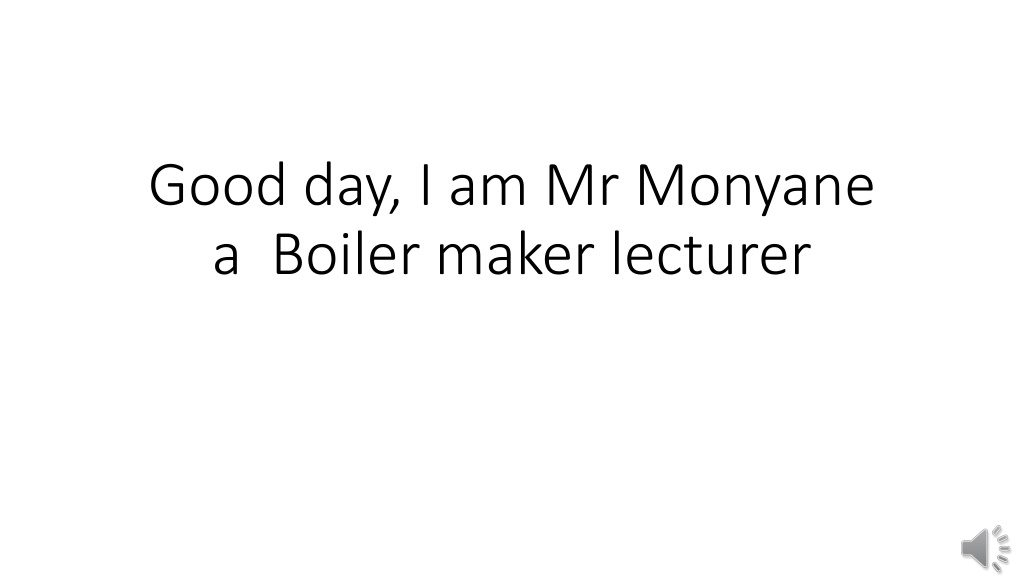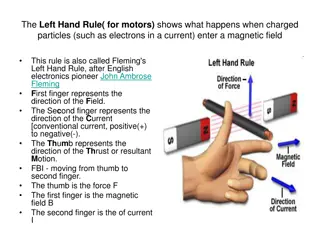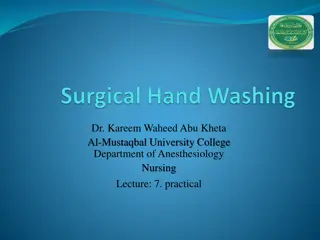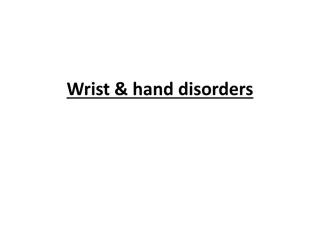Understanding and Utilizing Engineering Hand Tools for Efficient Work
Mr. Monyane, a boiler maker lecturer, emphasizes the importance of selecting and using engineering hand tools effectively. Today's focus is on specific outcome 1: selecting and using a variety of hand tools under supervision while adhering to safety guidelines. The unit standard includes caring for these tools and working safely in the workshop. Various hand tools serve purposes like checking, forming, cutting, marking, fastening, and tooling aid. Students will learn to identify, explain, and apply these tools through clear explanations and practical examples.
Download Presentation

Please find below an Image/Link to download the presentation.
The content on the website is provided AS IS for your information and personal use only. It may not be sold, licensed, or shared on other websites without obtaining consent from the author. Download presentation by click this link. If you encounter any issues during the download, it is possible that the publisher has removed the file from their server.
E N D
Presentation Transcript
Good day, I am Mr Monyane a Boiler maker lecturer
Todays focus will be on specific outcome 1: Select and use engineering hand tools. You will perform under constant supervision and according to workplace and workshop manual specifications and occupational safety, health and environmental legislation. There are quite a number of these engineering hand tools and they include but not limited to hand files, spanners, sockets sets, specialized sockets, impact sockets, torque wrench, Allen keys, screw drivers, pliers,clamps, tin snips, hacksaws, chisels, metal sheers, hammers, beating files, dollies, spoons, pullers, mallets, bench stakes files, scrappers, hole punches, Anvils and riveters, spray guns, sanding blocks, body filler mixing and application tools, textile scissors.
Unit Standard: Select, use and care for engineering hand tools This unit standard has the following sub-topics/specific outcomes: Select and use engineering hand tools. Care for and maintain engineering hand tools. Work safely with due care for self, fellow workers, equipment, materials and the environment.
The abovementioned tools are used for the The abovementioned tools are used for the following purposes: following purposes: Checking Forming Cutting Marking Fastening Tooling aid
OUTCOMES: OUTCOMES: At the end of this outcome the student will be able to At the end of this outcome the student will be able to do the following: do the following: Identify and explain the uses of all the engineering hand tools. Give clear explanations and appropriate examples. Refer to appropriate literature when giving examples. Demonstrate the ability to apply the various engineering hand tools in their different applications.
Identification,explanations,giving Identification,explanations,giving functions as well as examples of various functions as well as examples of various hand tools hand tools Hammer: It has two main parts. A large head and a long handle. The commonly used hammer is the ball pein hammer. The pin is the end of a hammer head, opposite the face. It is usually wedged shaped or rounded. In ball pein hammer, the pin is rounded like a ball, the face of the hammer is used for striking the centre punch and for general hammering in the workshop. The ball end of the hammer is used for light riverting work.
Torque Wrench It is used to tighten nuts and bolts to a specific torque. When the material you are working with, needs to have a particular frequency or level of a pressure. Normally made to work with sockets.
A round file: For smoothing round holes Choosing the right file/tool for the job: - First think about the job you need to do/given, and whether you will be shaping or smoothing ,needing a rough edge or a fine finish. - Use a large, coarse file for rough shaping and trimming materials. - Use a fine, small file for sharpening and smoothing edges.























